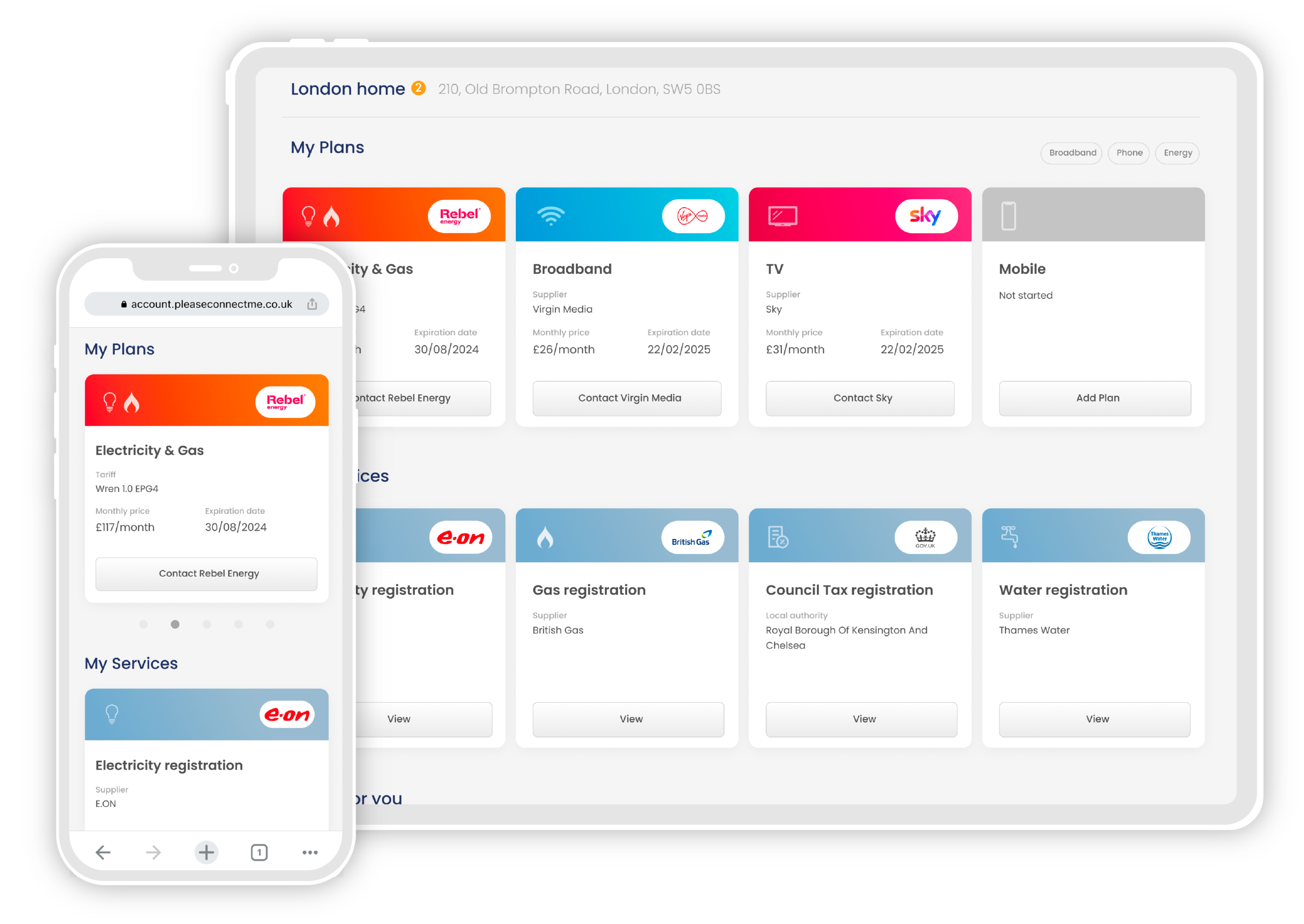When buying broadband, a little preparation goes a long way.
Knowing what kind of broadband package you’re looking for, what internet speeds you need and what’s available in your area – along with some other key details – will make comparing packages simpler and save you both time and money.
Here’s what you’ll need to know when you next shop for broadband, and the best way to find the answers you need.
What kind of broadband should I buy?
If you’re not familiar with technology, broadband shopping can be a mess of confusing acronyms. There are four main types of broadband across the UK, with varying availability depending on your address.
These are DSL/ADSL, FTTC, FTTP and mobile.
DSL/ADSL
This acronym stands for ‘Digital Subscriber Line’ or ‘Asymmetric Digital Subscriber Line’. This broadband still uses the UK’s copper phone network to deliver connections. It is the slowest kind of broadband connection, usually limited to around 15 Mbps.
FTTC
FTTC stands for ‘Fibre To The Cabinet’. With this kind of connection, modern fibre-optic cables connect the UK network to a telecoms cabinet in your area. This cabinet is then connected to your home via copper phone cables. Despite using these copper cables, this kind of network has much higher speeds available, as it only uses the phone lines for the final, shortest part of the connection.
FTTC broadband speeds are usually between 30 and 70 mbps.
FTTP
FTTP or ‘Fibre To The Premises’ – also known as full fibre – broadband uses specialised fibre-optic cable for every part of the data connection. This means your broadband supplier runs their cable into your home, which will require installation and drilling through an external wall to set up a new connection.
These networks offer much higher potential speeds, with many providers offering a maximum speed between 500 Mbps and 1GBps.
Mobile broadband
Mobile broadband is different from the other kinds of network connections in that it doesn’t depend on any physical cables running into your home.
Instead, mobile broadband connects your router to the UK’s 4G and 5G networks. This internet connection works using the same technology as your mobile phone. However, specialised routers make the connection steadier and allow for more devices to use the network.
What internet speed do I need?
So, you know what speeds the different connections can offer, but what broadband speed do you need at home?
Your broadband speed needs to be able to keep up with everything you do at home. Too low a connection speed, and you will notice video buffering, downloads dragging and video calls freezing – usually at the worst possible moment!
When choosing a broadband speed, think about:
- What’s your heaviest usage activity? Things like streaming UHD video, connecting to remote workspaces and gaming online all demand a lot of bandwidth.
- How many users are there in your household? Your maximum speed will be divided between every connected device.
- Do you need a high upload speed as well as download?
Upload vs Download Speed when buying broadband
When buying broadband, you’ll notice providers advertising both a download and upload speed, but what’s the difference?
Your download speed is how quickly your device can access information from the network. This affects things like streaming video, downloading files and loading webpages.
Your upload speed is how quickly your device can share data to the network. This affects things like video calling, hosting a stream and uploading files.
Most users need a higher download speed than upload speed. However, for heavy users, some providers offer simultaneous download and upload speeds, meaning the connection is equally fast in both directions.
Read our complete guide to what broadband speeds we recommend for different users here
What is a metered internet connection?
Though much less popular now than they were, some providers still offer metered internet connections. This is a broadband contract where your monthly internet use is limited, with any usage over the set amount charged at an additional, usually high pay-as-you-go cost.
We wouldn’t recommend one of these plans for modern internet users. Broadband usage and the importance of the internet to daily life have exploded in recent years. Today, most broadband providers offer unlimited connections as standard, and you are unlikely to save money with a metered connection.
One area where metered connections are still used is in mobile broadband. Many mobile broadband providers include a data cap in their monthly contracts, restricting usage. Some providers apply a monthly cap of as little as 5GB, which is less than the size of a 2-hour HD movie.
If you opt for mobile broadband, we recommend choosing a provider with unlimited usage.
What broadband providers are available in my area?
If you’re buying broadband for a new home, make sure you have the full address of the new property before you start. This is because broadband network availability varies from home to home, even on the same street.
As competing networks have emerged across the UK, different suppliers have installed their networks in different areas, creating a patchwork of coverage. Small, independent suppliers may only cover one area, so you might not yet have heard of the best option at your property.
Even across the same network, availability can vary. BT Openreach, the UK’s largest network, which is used by providers like Sky, EE and Now broadband, offers full FTTP broadband to more than 18 million homes – but it’s network covers most of the UK. Customers in other areas are limited to FTTC or ADSL connections.
Want to find out the best broadband connection for your home? Book a free call with one of our Connections Experts and get personalised recommendations for your home.






